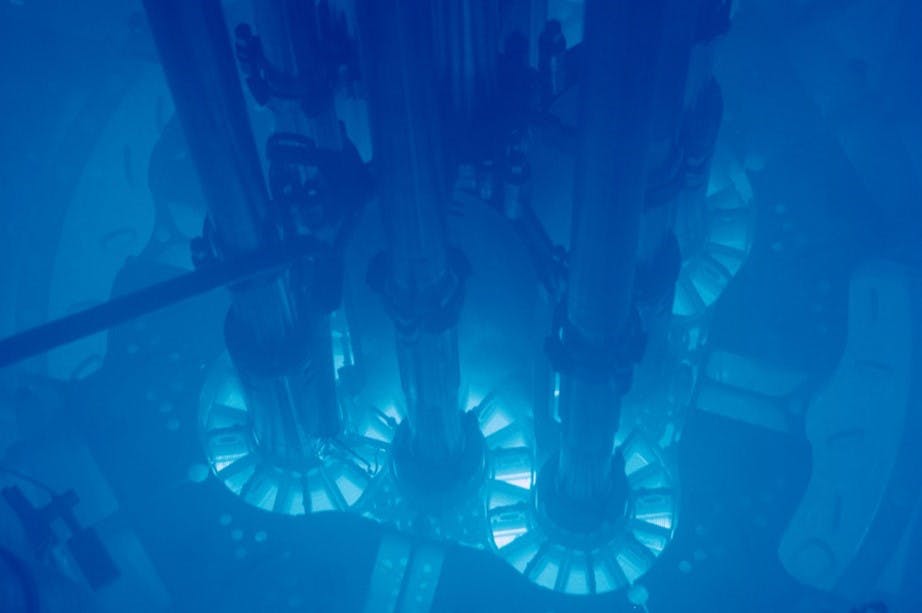Role of Advanced Nuclear Energy in Deep Decarbonization
Now is the time for modelers to reassess how nuclear technologies are represented in energy system models. That is the conclusion of a new OnLocation paper written for the Nuclear Innovation Alliance. This paper examines the many ways that nuclear energy, including advanced nuclear reactors, can play a significant role in meeting climate mitigation goals and makes a case for energy modelers to consider incorporating characteristics and applications for advanced reactors into their energy economic models.
There is a growing sense of urgency among policymakers to enact wide-ranging climate policies to mitigate the effects of global warming. While the discussion around climate change has typically focused on carbon-free renewable technologies, there are many factors that suggest these technologies alone may not be sufficient to completely decarbonize the power sector, including concerns about grid reliability due to the variable nature of solar and wind generation. As policy goals become more stringent, it has also become clear that mitigating climate change will require multiple technology options. The policy conversation is quickly expanding to include all emerging energy pathways, including advanced nuclear technologies.
Nuclear energy, and specifically advanced nuclear reactors, can play a significant role in meeting mitigation goals, yet these technologies have historically been ignored or not fully recognized as complementary options for renewable energy. Existing nuclear power plants are at risk of early retirement due to political and economic factors even though they provide carbon-free reliable baseload power, as discussed in an OnLocation blog.

New, smaller, and modular reactor designs promise to provide flexible operations that will also be crucial for electric grids with high variable renewable generation. In addition, heat and steam produced by nuclear plants can be used to make clean hydrogen or other carbon-free fuels that could be used as a substitute for fossil fuels. Nuclear energy could also be used directly to provide process heat for manufacturing industries. As such, it is incumbent upon modelers to consider the unique features of advanced nuclear reactors within their modeling tools.
As abstractions of the real world, climate and energy-economic models are used to assess the feasibility of technology pathways and, in many cases, the various risks and uncertainties associated with them. Existing models may not include the full range of advanced nuclear capabilities and/or under-estimate their ability to meet electricity loads. So, how can advanced nuclear energy best be incorporated into these models to improve climate outcomes?
To achieve the most accurate modeling outcomes, advanced reactor designs need to be incorporated with careful consideration for their unique properties and improvements over traditional light water reactors. This can often be done by modifying existing model parameters to better represent improvements in reactor designs such as improved load following capabilities, smaller modular designs, and lower safety risk. However, to fully incorporate the advancements in these technologies will also require structural model modifications, for example to capture the benefits of potential nuclear energy applications that go beyond the power sector including clean hydrogen production.
Recent developments in advanced nuclear technologies mean that now is the time for the policy community and energy-economic modelers to reassess how nuclear technologies are represented for policy analysis and decision-making, especially in deep decarbonization scenarios. We recommend that the Energy Information Administration, the DOE Office of Nuclear Energy, and other interested parties consider sponsoring advanced nuclear modeling workshops that would benefit the energy modeling community. Read more about our recommendations by downloading the OnLocation paper posted on the NIA website.

